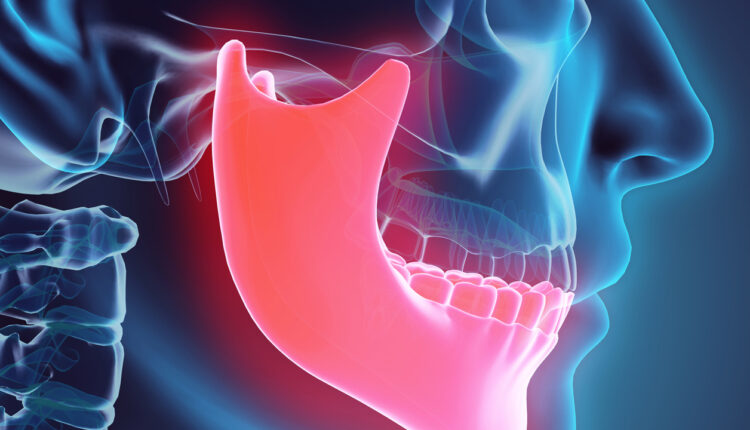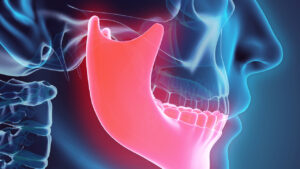
University of Washington Surgeons Rebuild Patient’s Jaw and Hard Palate

Innovations in medicine and technology continue to push the bounds of what’s possible in therapeutic procedures. In a recent example, surgeons at the University of Washington (UW) in Seattle rebuilt a patient’s upper jaw and hard palate using three-dimensional (3D) computerized design technology and implant-bone integration technology. The team, which included two School of Dentistry faculty members, completed the immediate reconstruction and rehabilitation during a 15-hour procedure at the UW Medical Center.
The use of 3D computer-aided design and virtual computer modeling allowed the team to precisely design a new set of teeth that will offer the fit and esthetics of natural dentition. The patient was a 56-year-old man who had most of his maxilla removed during oral cancer surgery in 2003.The surgical team used a 3D computer-generated cutting guide to position the metal implants on the patient’s fibula. Later, the same guide was used to harvest segments of this area with imbedded implants that were used to reconstruct his upper jaw.
Traditionally, grafts from the fibula are used as a base for reconstruction. This requires months of healing and osseointegration prior to implantation and, later, prostheses placement. With the reconstruction and rehabilitation procedure, however, implants were embedded in the fibula 10 months prior to the surgery. On the day of surgery, the harvested portion of the fibula and its embedded implants were used to mimic the shape of the upper jaw. Acrylic teeth were affixed to the bone grafts. Next, the entire structure was transferred to the patient’s mouth, with the end result being a restored upper jaw, hard palate and full set of upper teeth.
This rare procedure is not without risk, including the possibility of decreased blood supply to the new bone structure and failure of the implants to integrate. Despite these risks, the team expects the patient to once again speak clearly, and eat and swallow normally thanks to the reconstruction and precision-fitted prosthesis.


